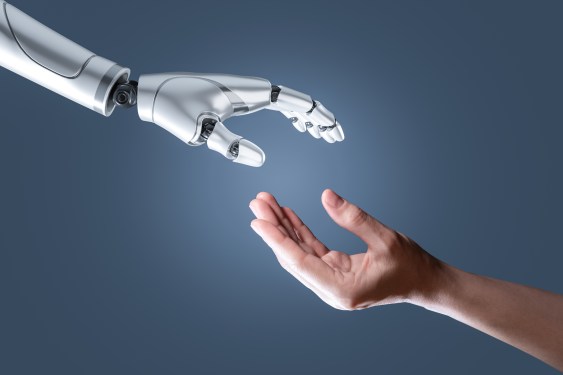Famed roboticist and iRobot founder Rodney Brooks has raised concerns about a potential investment bubble in humanoid robots. He is not alone in this view. In a recent essay, Brooks points to the billions of venture capital dollars flowing into humanoid robot companies like Figure. His position is that despite the massive financial investment, these robots will not be able to learn dexterity, meaning the fine motor movements required for using hands. He believes this limitation will render them essentially useless.
This perspective may surprise some venture capitalists investing in the sector. However, it aligns with the views of multiple robotics-focused investors and AI scientists. Many of these experts have stated they do not expect to see wide adoption of humanoid robots for at least a few years, and possibly not for more than a decade.
One issue is the market size. Fady Saad, a general partner at robotics-focused VC Cybernetix Ventures, said that aside from sending humanoids into space instead of human astronauts, he does not yet see a huge market. He notes that while newcomers to the technology are impressed, he remains conservative and skeptical about the actual use cases and potential revenues.
Safety is another significant concern for Saad, especially when humans and humanoid robots share the same space. Safety issues could arise from humanoids and humans working closely on a factory floor or other industrial sites. These concerns become even more critical if humanoids enter people’s homes, a goal for many companies in this field. Saad questions what would happen if a robot fell on a pet or a child, or if it were hacked and began breaking things.
The timeline for developing this technology is also unclear, which is a crucial factor for venture capitalists who operate within fund lifecycles and have timelines for returning capital to investors.
Sanja Fidler, the vice president of AI research at Nvidia, compared the current excitement around humanoids to the early days of self-driving cars. She noted that while the technology felt tangible years ago, it has taken a long time to scale and full autonomy remains a difficult challenge. Nvidia chief scientist Bill Dally agreed with this assessment. This is notable because Nvidia is also investing in developing the infrastructure for humanoid companies.
Seth Winterroth, a partner at Eclipse, said that while it is easy to get excited with each new technological development or demo, humanoids are incredibly complicated systems. He explained that managing software for systems with over sixty degrees of freedom is far more complex than for simpler systems, and achieving good unit economics to build an enduring business is still in the early stages.
In most cases, humanoid robots are not yet ready for the world. Tesla serves as a prime example of the struggles companies face. The company announced its humanoid robot, Optimus, in 2021 and initially suggested it would be introduced in 2023. That did not happen. When the bot was finally revealed in 2024, it was later reported that the demonstration relied heavily on human control off-scene. Tesla now claims it will start selling the bots in 2026.
The robotics startup Figure, which reached a thirty-nine billion dollar valuation in a September fundraise, has also faced skepticism regarding how many of its humanoids have actually been deployed, a claim the company staunchly defends.
This does not mean humanoids will have no future market or that the technology is not worth pursuing. Rodney Brooks himself said he does not doubt that we will have humanoids in the future. However, he predicts they will likely have wheels and other non-human features, and their arrival is more than a decade away.
Some startups are working on the dexterity technology that Brooks is skeptical about. These include Y Combinator-backed Proception and Loomia, which built a kit to help robotics companies incorporate touch into their machines.
There are also humanoid companies beginning to generate interest and take orders for their robots. K-Scale Labs received more than one hundred pre-orders for its humanoid bot in the first five days, which surprised even its founders. Hugging Face has also seen strong demand from developers for its two humanoid bots. The company opened pre-orders for its smaller desktop version, the Reachy Mini, in July and logged one million dollars in sales within just five days.

